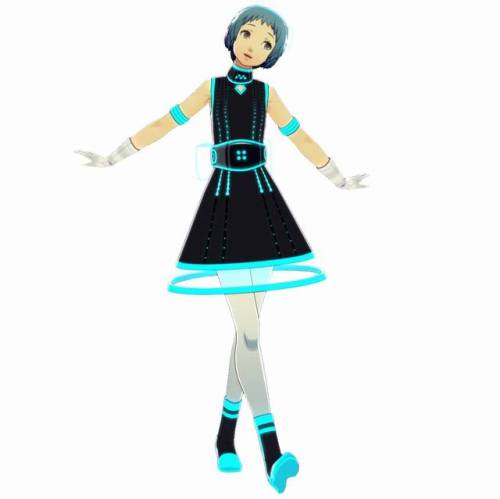I have a lot of questions so I hope I don't annoy anyone! I'm making this costume:

There's lights down the front and back of the dress that are animated, and you can kinda see from this video: - YouTube
I'm not too worried about the programming part right now because I feel like I can't even test that until I have the circuit ready! I basically want all of the circuits hidden at the waist, under or inside of the belt. Here's some pictures of the tools I have and some diagrams I drew of roughly what I want:
That's a 12v battery pack w 8 aaas and an on/off switch. Not sure what i can do with all those wires on the leds if I have to cut them or something. I have an arduino nano and I wanna know if that's enough for this 180 led project? Although the strips I bought are addressable in sets of 3, rather than individual.
This is a closeup of the strip connectors. As you can see, there's a + which is kinda weird because the leds don't have that symbol on them. I wanna know if I have to put the strips in a certain way? Since the + symbol is flipped on top and bottom...
These are the symbols on the strips. I don't really know what any of it means besides 12V and in other tutorials I see, I never see these kinds of symbols there either.
Finally, here is a drawing of what I more or less want it to look like. All the strips connecting to eachother, except the center two connecting to the batter and controller before connecting back to the other strips.
I was having my dad help me before and he thinks that I can't have the strips animated in the pattern i want if theyre all cut up like this but that doesn't make sense to me. It has to do with the pin it's connected to, right?
If you read all this, thanks so much! I'm at a total loss here...





